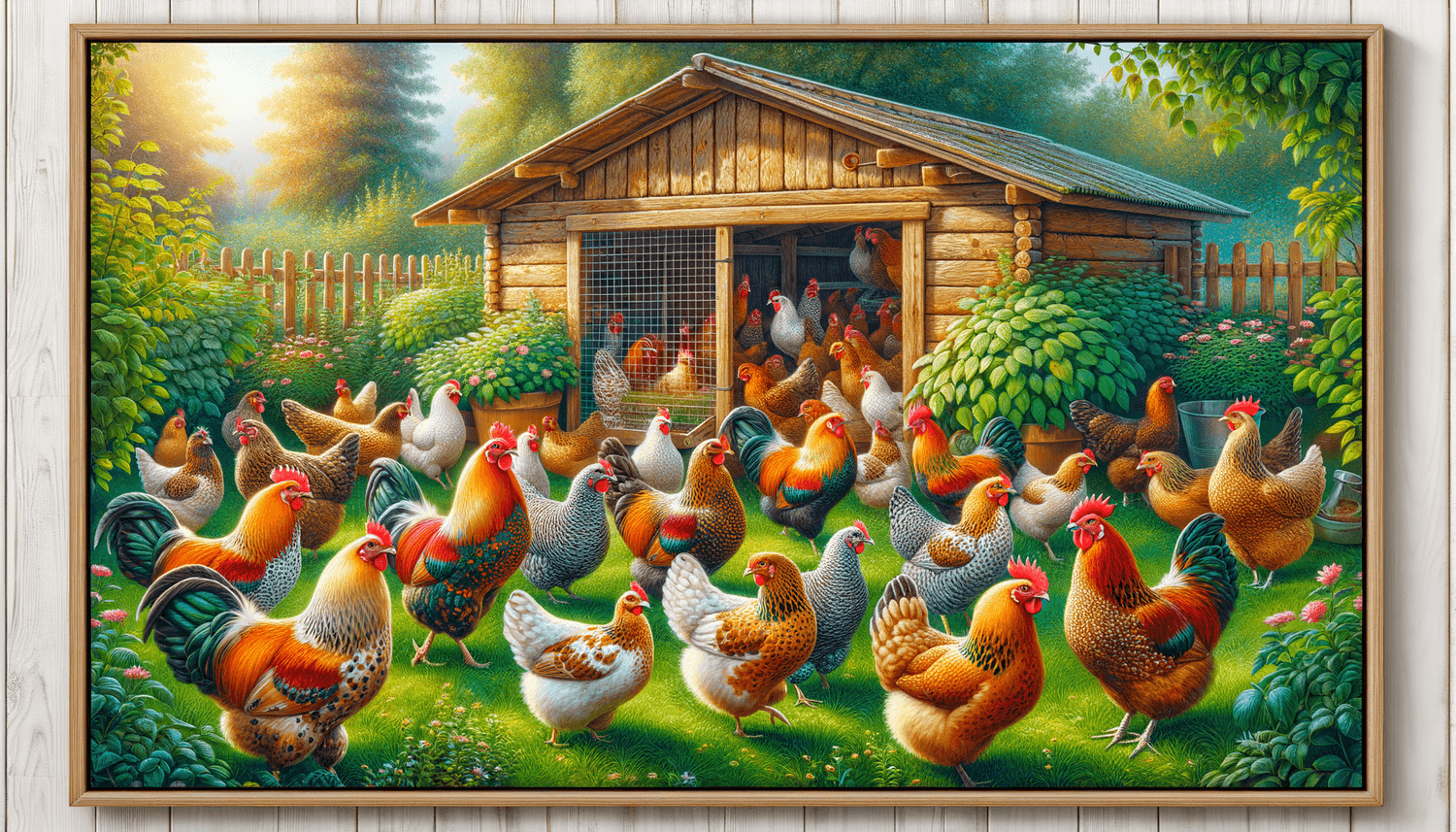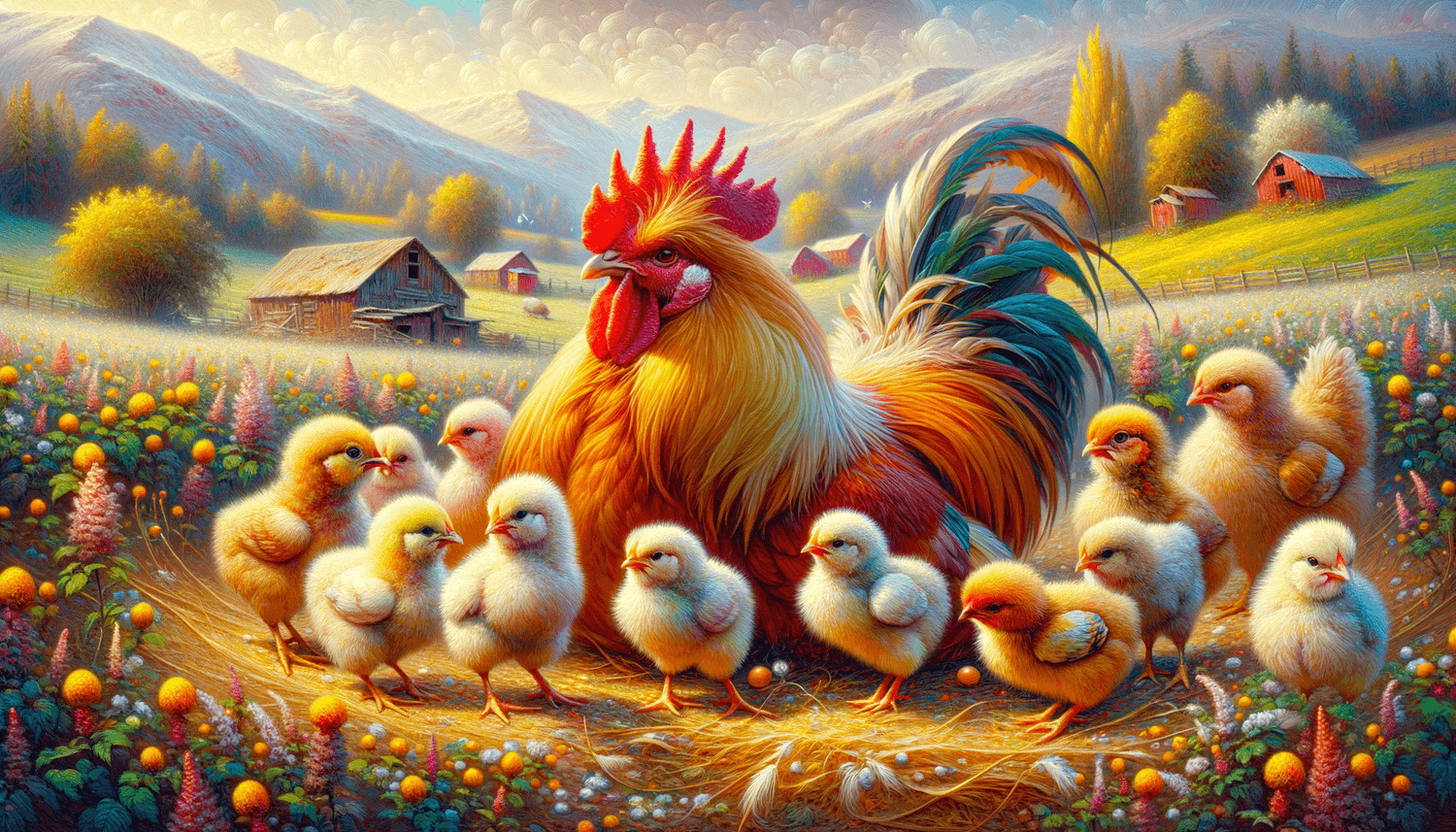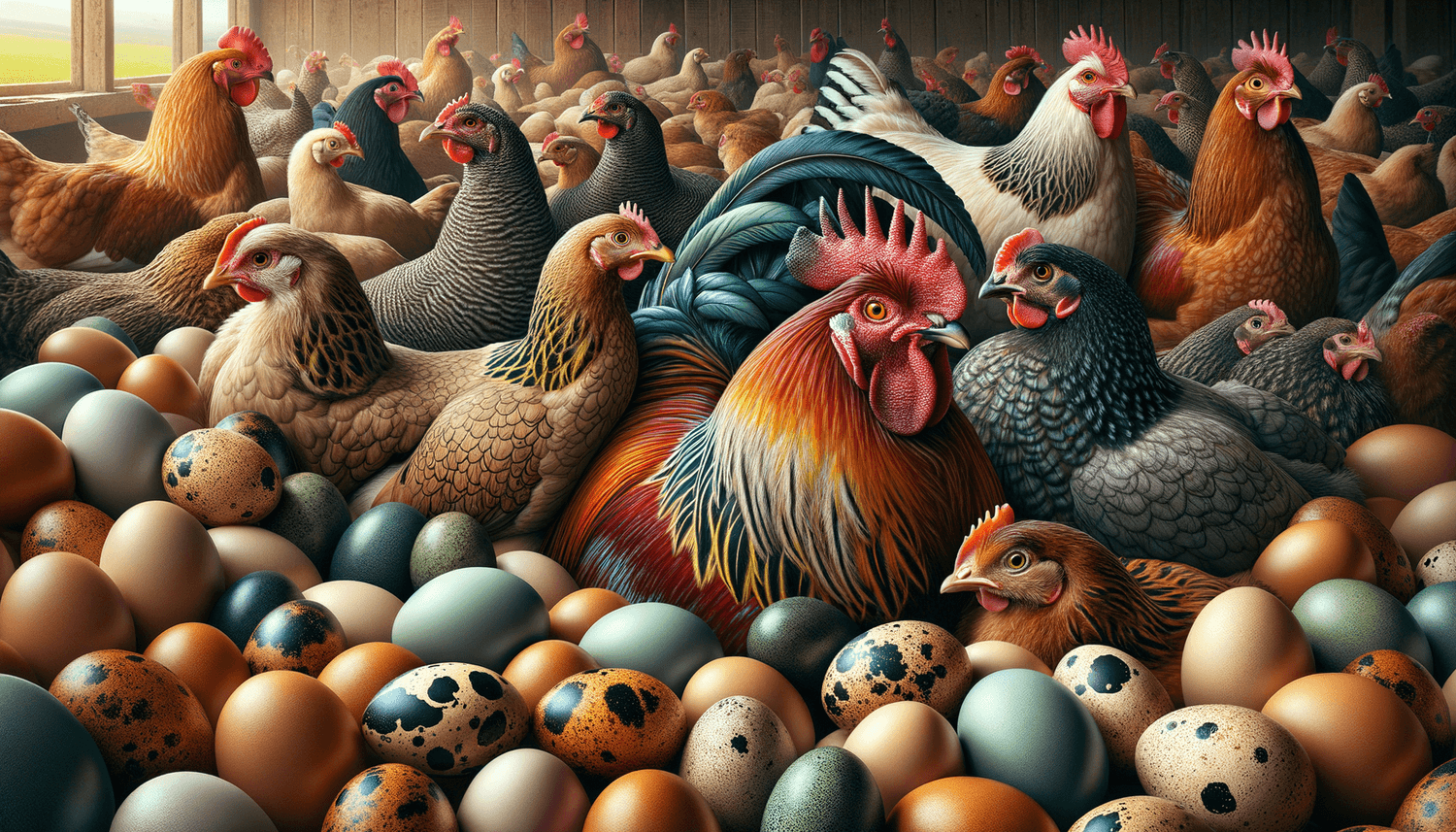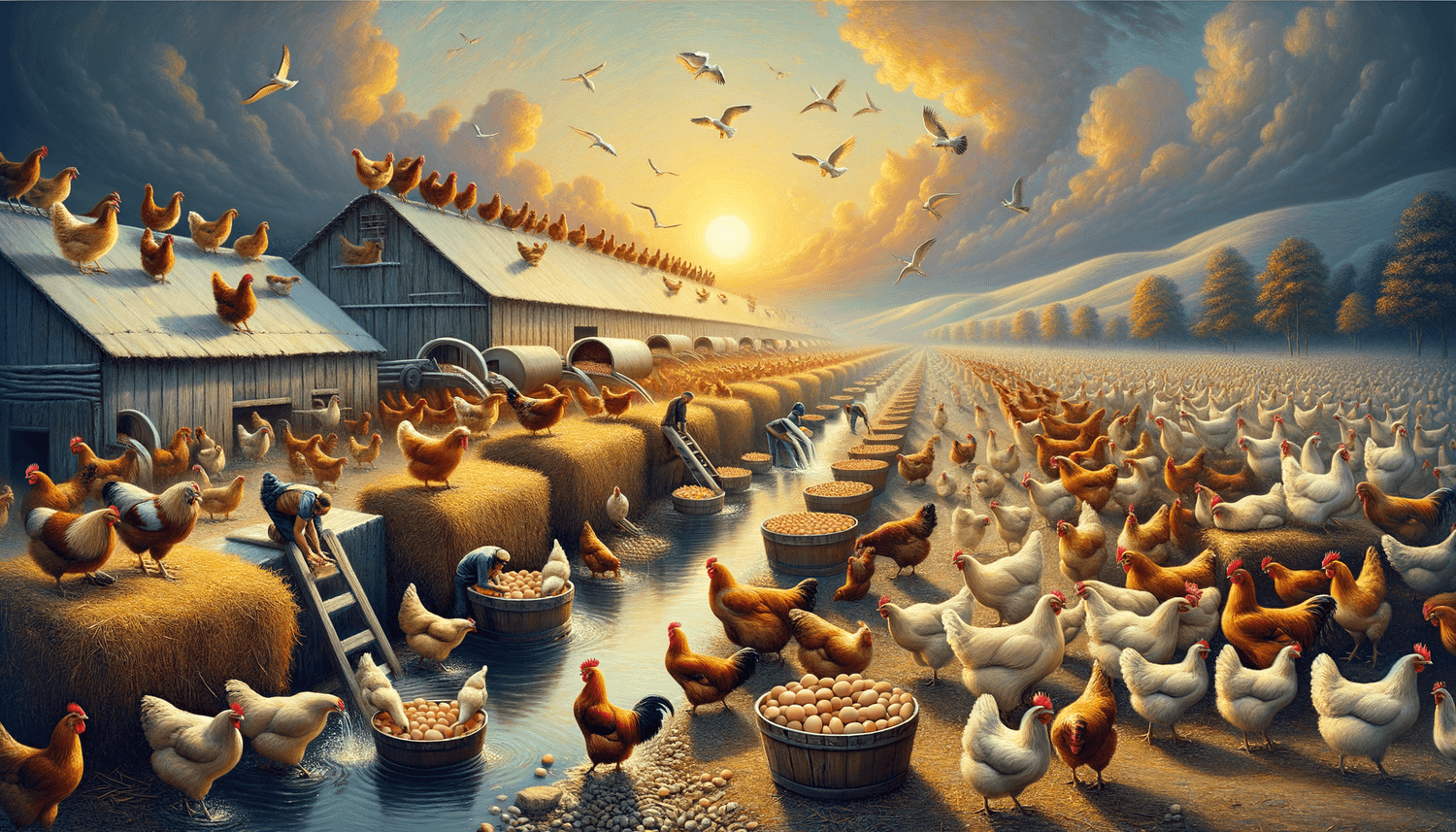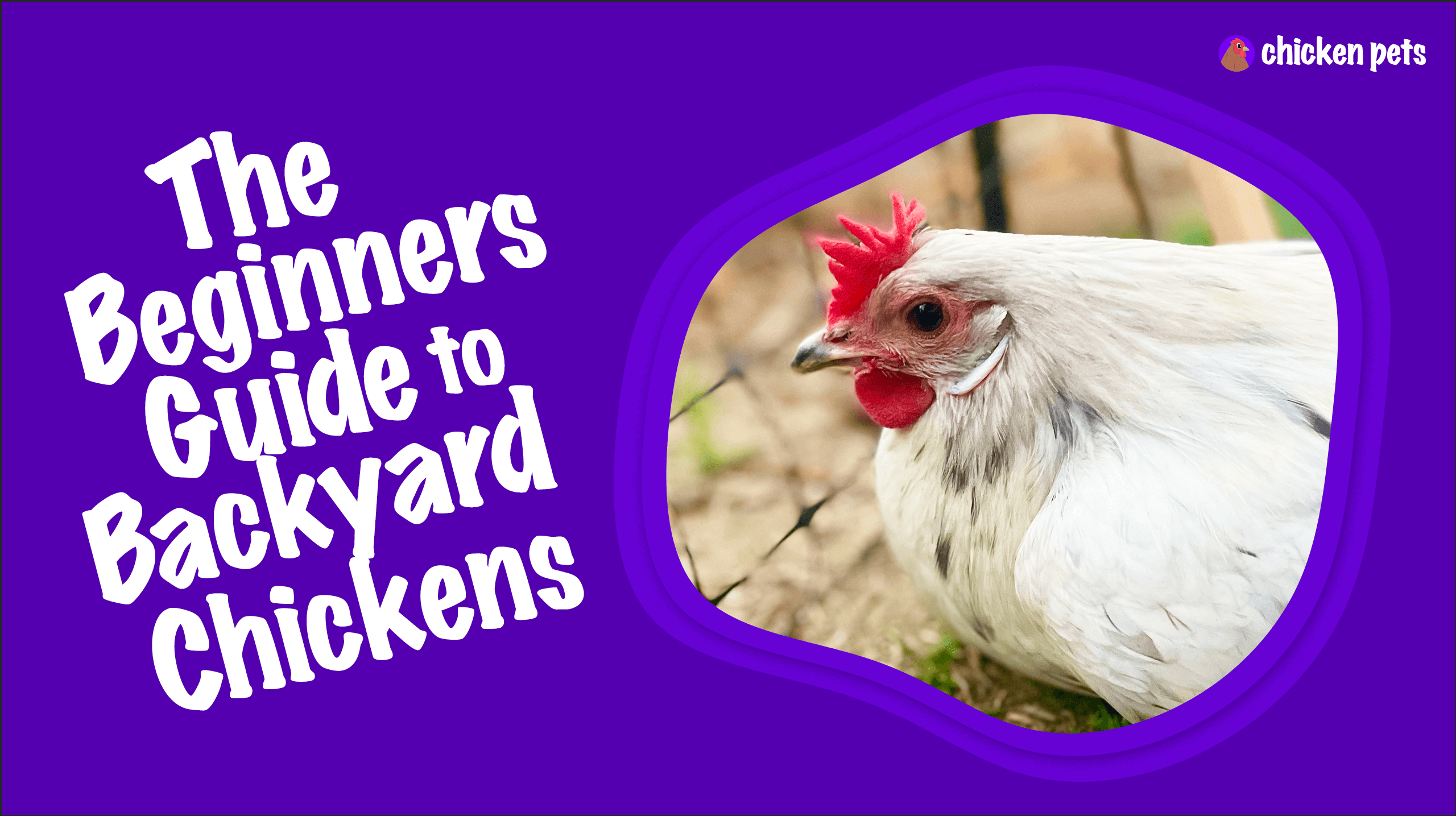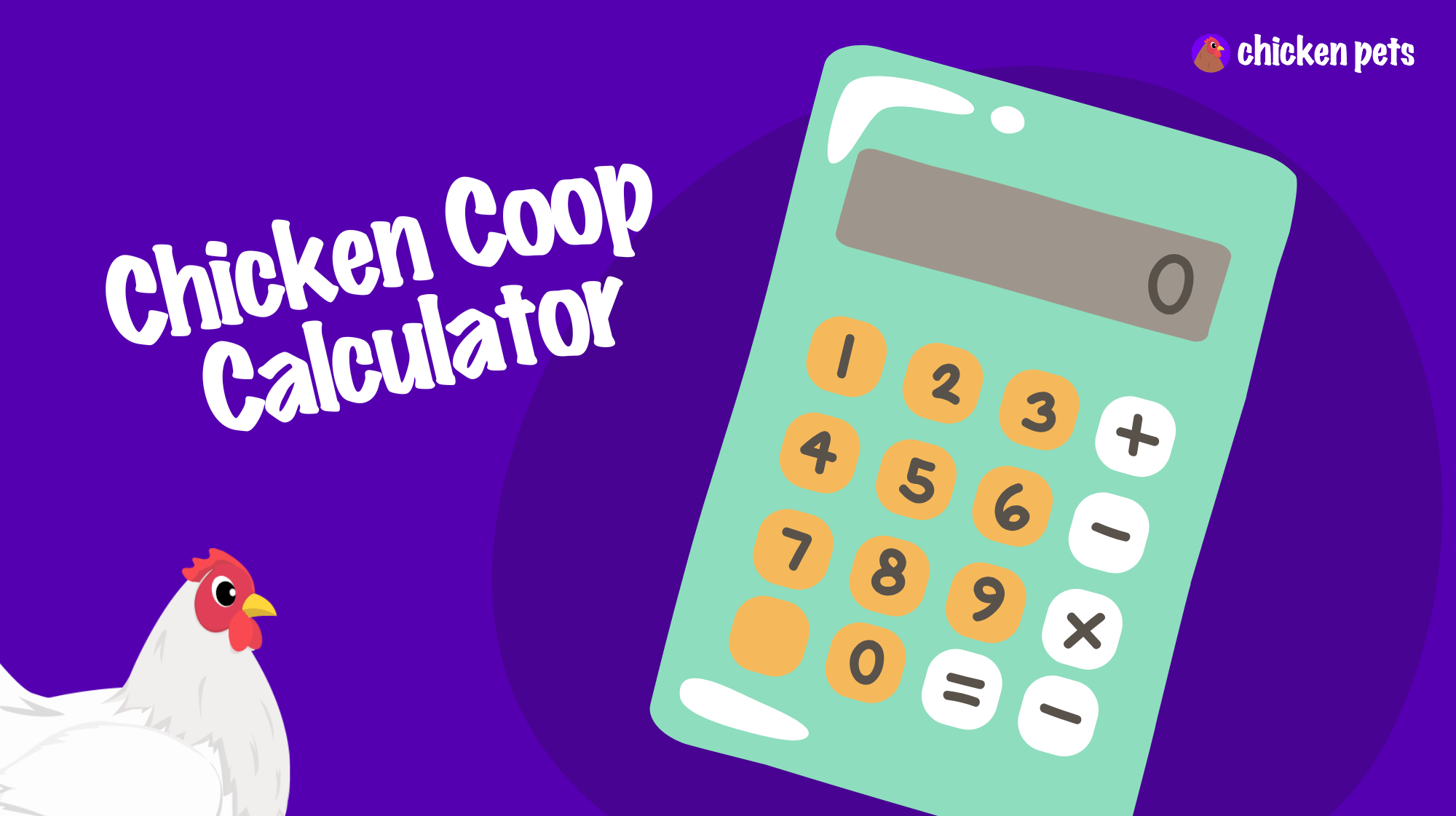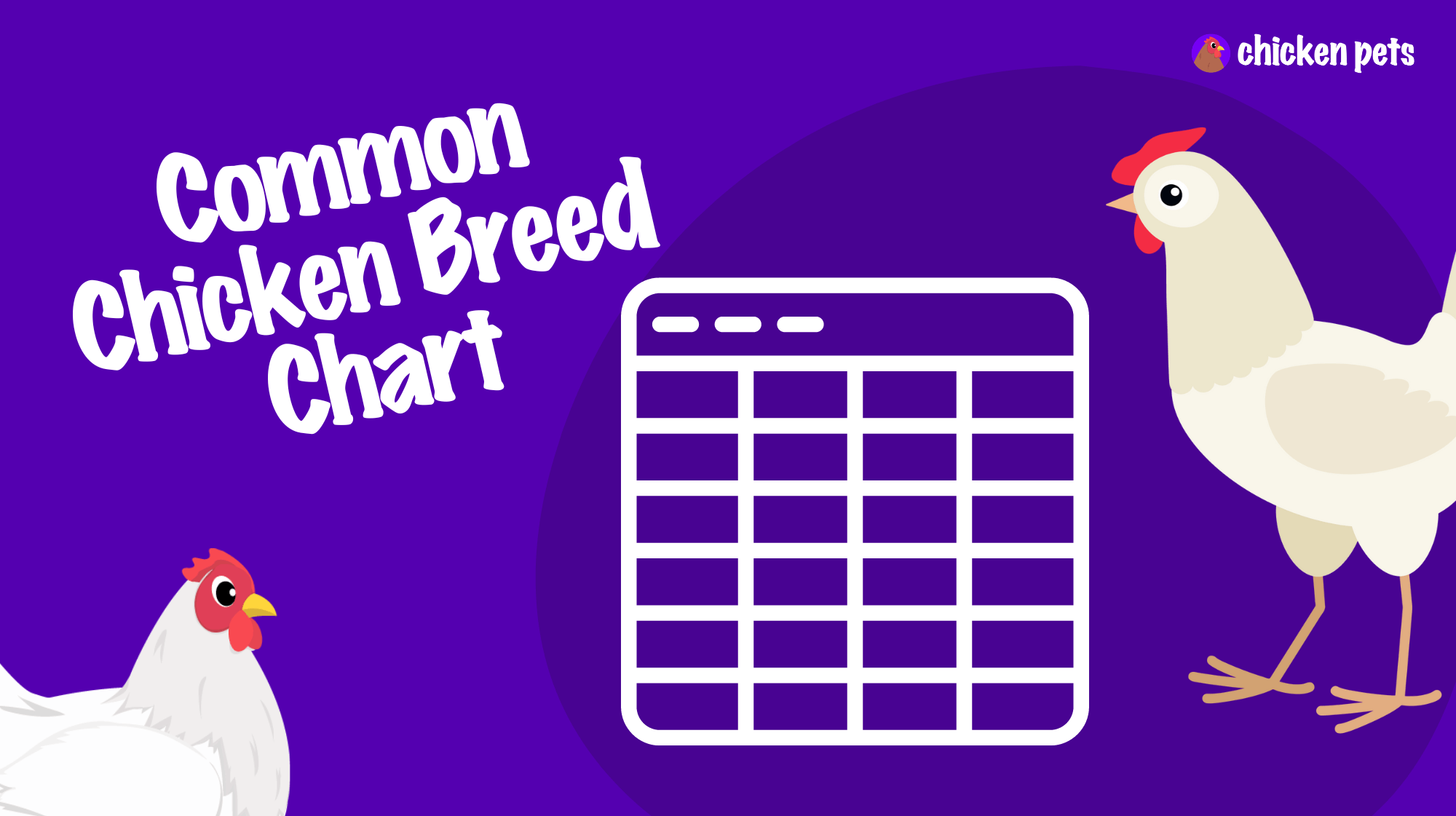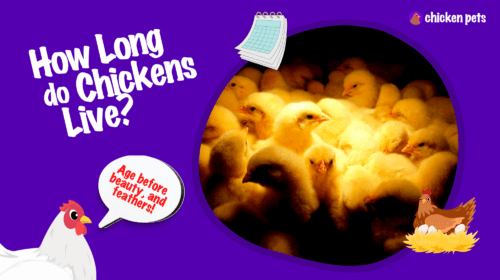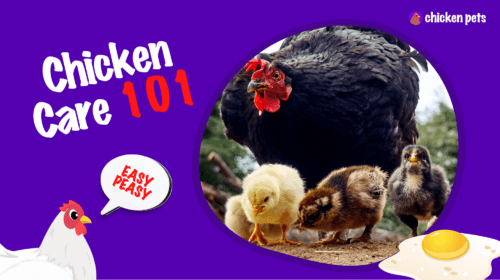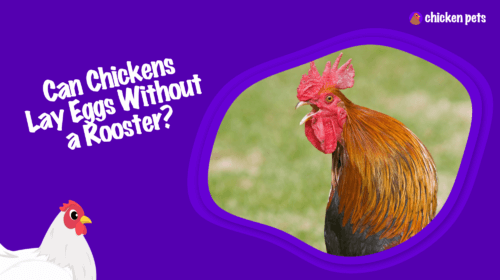Ever wondered how your backyard chickens lay eggs? Let’s explore the fascinating process of egg production, and learn about factors influencing this amazing feat!
How Chickens Lay Eggs
Chickens lay eggs through a process called ovulation, where an ovum (yolk) is released from the ovary and encased in layers of egg white, membranes, and shell. The fully-formed egg is then expelled by the hen, typically taking around 24-26 hours from ovulation to laying.
The Anatomy of a Chicken’s Reproductive System
Before diving into the egg-laying process, it’s important to understand the main parts of a chicken’s reproductive system. Let’s start with the key components:
- Ovary: Produces the ova (yolk).
- Infundibulum: Catches the yolk and fertilization takes place here (if present).
- Magnum: Secretes the egg white.
- Isthmus: Adds the shell membranes.
- Shell gland: Produces the eggshell.
- Vagina: Expels the completed egg.
Step-by-Step Process of Egg Production
Now that we’ve covered the main components, let’s explore the egg-laying process in detail.
Ovulation
The journey begins with the release of a mature ovum or yolk from the hen’s ovary, which occurs about once every 24-26 hours. This is known as ovulation. The ovary contains thousands of follicles, with only the largest ones reaching maturity and being released as ova.
Infundibulum and Fertilization
Once released, the yolk enters the infundibulum, a funnel-shaped structure that captures it. If the hen has mated and sperm is present, fertilization will occur within the infundibulum, which usually takes 15-20 minutes.
Magnum and Albumen
Next, the yolk moves into the magnum. Here, the albumen or egg white is secreted and surrounds the yolk. The magnum adds several layers of albumen over a period of about 3 hours. The outermost layer is the runniest, while the innermost layer is thicker and holds the yolk in the center of the egg.
Isthmus and Shell Membranes
The yolk, now covered in albumen, enters the isthmus. During the approximately one hour it spends here, two shell membranes are formed around the albumen, providing additional protection for the yolk.
Shell Gland and Eggshell
As the egg moves into the shell gland (also called the uterus), a hard outer shell is added, made mostly of calcium carbonate. It takes about 20 hours for the shell to form completely. The hen’s diet plays a crucial role in shell formation; sufficient calcium is necessary to ensure strong, healthy eggshells.
Vagina and Laying the Egg
Finally, the completed egg moves into the vagina where it is expelled. The egg is laid through the same opening (cloaca) used for waste elimination, but don’t worry; the process is quite clean as the colon empties before the egg laying begins!
As you can see, the process typically takes about 24-26 hours from ovulation to laying. However, it’s worth noting that this timeline can vary slightly depending on factors like breed, age, and diet.
Factors That Influence Egg Production
Several factors can impact the egg-laying process, affecting both the health and productivity of your backyard flock. Some of these factors include:
- Diet and nutrition
- Age of hen
- Genetics and breed
- Environmental conditions
- Stress levels
- Daylight exposure
Diet and Nutrition
Providing a balanced diet is crucial for the health and productivity of your backyard flock. Proper nutrition ensures that hens have the necessary energy and nutrients for egg production. Laying hens require a diet high in protein, as well as essential minerals like calcium for strong eggshells.
Age of Hen
Egg production is closely tied to a hen’s age. Most hens begin laying eggs at around 5-7 months old, reaching peak productivity between 1-2 years of age. After that, egg production gradually declines, often ceasing altogether by 5-7 years of age. However, some chickens continue laying for a few more years, depending on breed and individual factors.
Genetics and Breed
Some chicken breeds are known for their impressive egg-laying abilities, while others are better suited for meat production or ornamental purposes. Do your research on chicken breeds before settling on a specific type for your backyard flock. Common egg-laying breeds include Rhode Island Reds, White Leghorns, and Plymouth Rocks.
Environmental Conditions
Chickens need a comfortable and safe environment to thrive and lay eggs consistently. Make sure their coop provides adequate ventilation, protection from weather extremes, and is free of predators. Also, keep their environment clean, and provide good-quality bedding to maintain the health and happiness of your flock.
Stress Levels
Stressful conditions can negatively impact egg production. Potential stressors include overcrowding, noise, temperature fluctuations, and disease. Try to minimize these stressors in your chickens’ environment to ensure their well-being and consistent egg laying.
Daylight Exposure
Chickens need a certain amount of daylight exposure to stimulate egg production. Generally, 14-16 hours of daylight is best. In the winter months, when daylight is scarce, you can consider adding artificial light to their coop to keep egg production steady.
Tips for Healthy and Happy Backyard Chickens
To ensure a thriving backyard flock and consistent egg production, consider these helpful tips:
- Provide clean, fresh water at all times.
- Offer age-appropriate, high-quality feed designed for laying hens.
- Include calcium supplements, such as crushed oyster shells, in their diet.
- Maintain a clean and comfortable living environment.
- Monitor for signs of illness or disease and treat promptly when needed.
- Consider annual checkups with an avian veterinarian.
- Include enrichment activities for mental stimulation, such as pecking blocks, dust baths, and perches.
By understanding the egg-laying process and considering the factors that influence it, you can support the health and happiness of your backyard flock. Moreover, taking care of your hens’ needs will result in a consistent supply of fresh, delicious eggs for you to enjoy!
Common Egg Laying Issues and Solutions
Occasionally, your backyard chickens may experience some egg-laying issues. In this section, we’ll discuss common problems and how to address them.
Soft-Shelled or Shell-less Eggs
Sometimes, chickens may lay eggs with soft or missing shells. This usually indicates a lack of calcium in their diet. To resolve this issue, provide a calcium supplement like crushed oyster shells or limestone. Also, make sure your hens have access to clean water, as dehydration can contribute to this problem.
Egg-Bound Hens
Egg-binding occurs when an egg gets stuck in the hen’s reproductive tract. This health issue can be dangerous if not treated promptly. Signs of an egg-bound hen include reluctance to move, straining, or a swollen abdomen. To help an egg-bound hen, place her in a warm, humid environment, and consult a veterinarian for appropriate intervention.
Double-Yolk Eggs
Double-yolk eggs are a fun surprise, having two yolks in a single shell. This occurs when two yolks are released from the ovary simultaneously, or in quick succession. While double-yolk eggs are generally safe to eat, they can sometimes cause laying difficulties for hens, especially if this occurs frequently. Selective breeding for hens with fewer double-yolk occurrences may be beneficial in these cases.
Broody Hens
Broodiness is a hen’s natural instinct to incubate and hatch eggs. A broody hen may refuse to leave the nesting box and may pluck her feathers to create a warm nest. To manage broodiness, try separating the hen from the nesting box, providing her with a cooler environment, or using a specifically designed anti-broody coop. However, if you are interested in hatching chicks, you can take advantage of your hen’s broodiness!
Maintaining Egg Quality and Safety
Proper egg handling and storage are important for ensuring the quality, safety, and freshness of eggs from your backyard flock. Here are some tips to follow:
- Collect eggs daily to prevent them from getting dirty or cracked.
- Store eggs in a clean, dry place, preferably in a carton or egg holder.
- Refrigerate eggs ideally at a temperature below 40°F (4.4°C) to maintain freshness and prevent bacteria growth.
- Wash your hands thoroughly before and after handling eggs, and clean any visibly dirty eggs with a damp cloth or egg-washing solution.
- Be mindful of the “sell-by” or “best before” dates on store-bought eggs, and consume eggs from your backyard flock within three to five weeks of laying.
Following these best practices will help ensure that you can safely enjoy the delicious, nutritious eggs from your backyard chickens!
Frequently Asked Questions
If you’re new to raising backyard chickens, you’re bound to have questions about egg-laying and other related topics. We’ve compiled answers to 13 common FAQs to help you better understand and manage your chicken flock’s egg production:
1. How long does it take for a chicken to lay an egg?
From ovulation to laying, it usually takes a chicken about 24-26 hours to produce an egg. However, this process can vary slightly depending on factors like breed, age, and diet.
2. What is the best age to start breeding chickens?
Chickens typically begin laying eggs around 5-7 months of age, which is usually when they become sexually mature. It’s safe to start breeding chickens once they have reached this stage in their development.
3. When do hens stop laying eggs?
While hens can lay eggs for many years, their productivity typically peaks between 1-2 years old and gradually declines thereafter. By the age of 5-7 years, most hens will have ceased laying altogether or lay eggs infrequently.
4. How do I know if my hen is laying eggs?
There are several signs that a hen has started laying eggs, such as an enlarged, moist vent, a wider pubic bone distance, and more frequent visits to the nesting box. Additionally, you may observe the hen squatting or making “clucking” noises.
5. Can a chicken lay an egg without a rooster?
Yes, hens can lay eggs without a rooster. However, these eggs will not be fertilized and cannot hatch into chicks.
6. How often do chickens lay eggs?
Chickens typically lay one egg every 24-26 hours, although this can vary slightly depending on factors like breed, age, and diet. Some egg-laying breeds, such as Leghorns, produce eggs more frequently than others.
7. How long can fresh eggs be stored?
Fresh eggs can be stored in the refrigerator for up to 5 weeks. However, it’s best to consume them within 3 weeks for optimal freshness and taste.
8. What should I do with a broody hen?
If you don’t want to hatch chicks, you can try to break your hen’s broodiness by removing her from the nesting box, providing a cooler environment, or placing her in an anti-broody coop. If you decide to hatch chicks, a broody hen can make an excellent natural incubator!
9. Can chickens lay two eggs in one day?
It’s rare but possible for chickens to lay two eggs in one day. This is more common in high-production egg-laying breeds and usually happens when the hen has laid an egg early in the day, and the next ovulation occurs sooner than expected.
10. Why is my chicken laying small eggs?
Small eggs, also called “pullet eggs,” are typically laid by young hens just starting to lay eggs. Over time, as hens mature, the size of the eggs will usually increase.
11. How can I improve the quality of my chickens’ eggshells?
To improve the quality of eggshells, provide a diet rich in calcium by offering supplements like crushed oyster shells or limestone. This will help provide the necessary nutrients for strong, healthy eggshells.
12. Do chickens need a roosting bar?
Yes, chickens need a roosting bar to perch on at night. Roosting helps to keep them warm, comfortable, and safe from potential predators.
13. How much light do chickens need for optimal egg production?
Chickens need around 14-16 hours of daylight exposure to stimulate egg production. If necessary, you can supplement natural light with artificial lighting during winter months to maintain consistent egg production.




